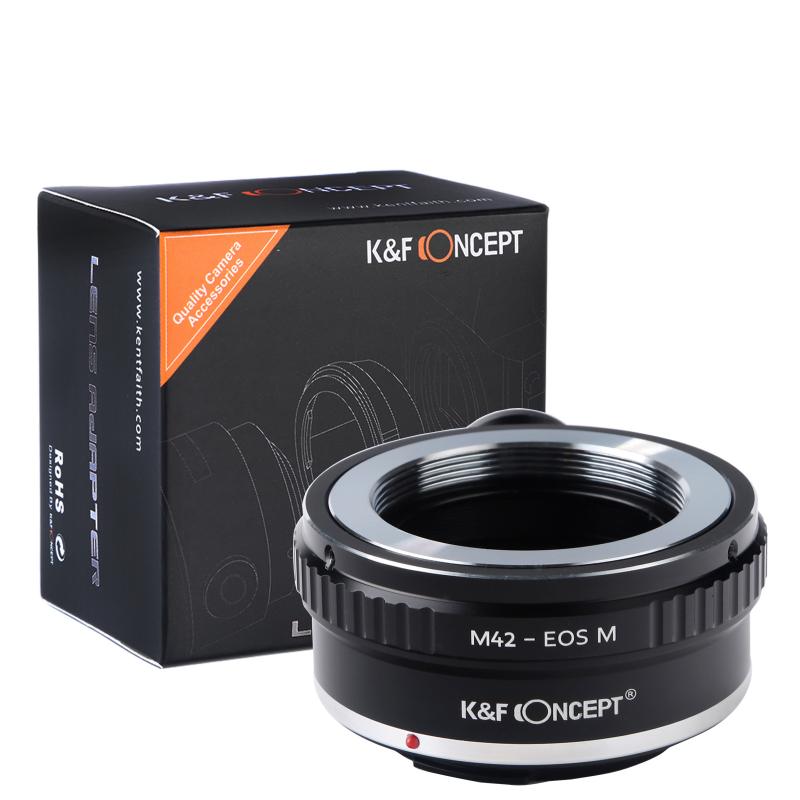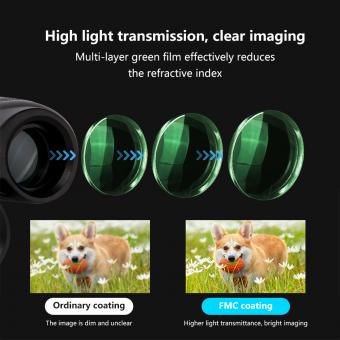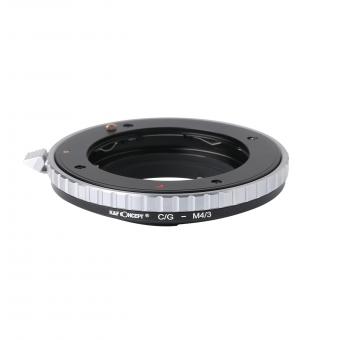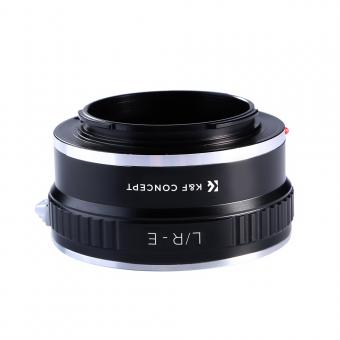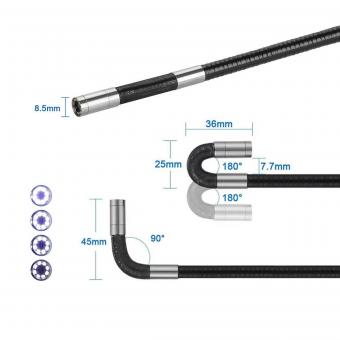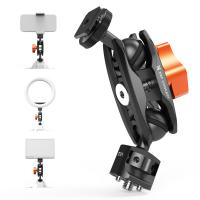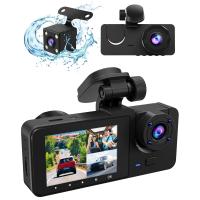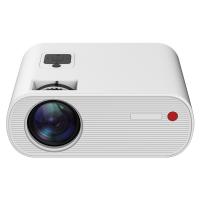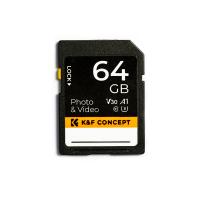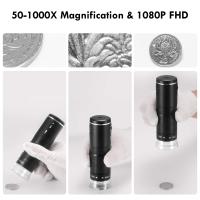How To Connect Wifi Camera To Laptop ?
To connect a Wi-Fi camera to a laptop, you typically need to follow these steps:
1. Ensure that both the camera and the laptop are connected to the same Wi-Fi network.
2. Install any necessary software or drivers for the camera on your laptop.
3. Turn on the camera and put it in Wi-Fi pairing mode. This process may vary depending on the camera model, so refer to the camera's user manual for specific instructions.
4. On your laptop, open the Wi-Fi settings and look for the network name or SSID of the camera. Connect to this network.
5. Once connected, open a web browser on your laptop and enter the camera's IP address or URL to access its web interface.
6. Follow the on-screen instructions to complete the setup process, which may involve creating a username and password for the camera.
7. Once the setup is complete, you should be able to view and control the camera's feed from your laptop.
It's important to note that the exact steps may vary depending on the camera and laptop models, so it's always recommended to consult the user manuals or support documentation for specific instructions.
1、 Check camera compatibility with laptop's operating system and specifications.
To connect a WiFi camera to a laptop, you need to follow a few steps. However, before proceeding, it is important to check the camera's compatibility with your laptop's operating system and specifications. This will ensure that the camera is supported and can be connected seamlessly.
Firstly, make sure that your laptop has a built-in WiFi adapter or a USB WiFi adapter. This is necessary to establish a wireless connection with the camera. If your laptop doesn't have WiFi capabilities, you may need to purchase a USB WiFi adapter.
Next, ensure that the camera is powered on and in WiFi mode. Most WiFi cameras have a dedicated button or setting to enable WiFi connectivity. Consult the camera's user manual for specific instructions.
On your laptop, go to the WiFi settings and search for available networks. The camera should appear as a WiFi network in the list. Select the camera's network and click on the "Connect" button.
Once connected, open a web browser on your laptop and enter the camera's IP address. This will vary depending on the camera model. Again, refer to the user manual for the specific IP address.
You may be prompted to enter a username and password to access the camera's settings. Enter the credentials provided with the camera or consult the user manual for default login information.
Once logged in, you should be able to view the camera's live feed and access its settings through the web browser interface.
It is worth mentioning that the steps mentioned above are general guidelines and may vary slightly depending on the camera and laptop model. Always refer to the camera's user manual for detailed instructions and troubleshooting tips.
In conclusion, before attempting to connect a WiFi camera to a laptop, it is crucial to check the camera's compatibility with the laptop's operating system and specifications. This will ensure a smooth and successful connection process.
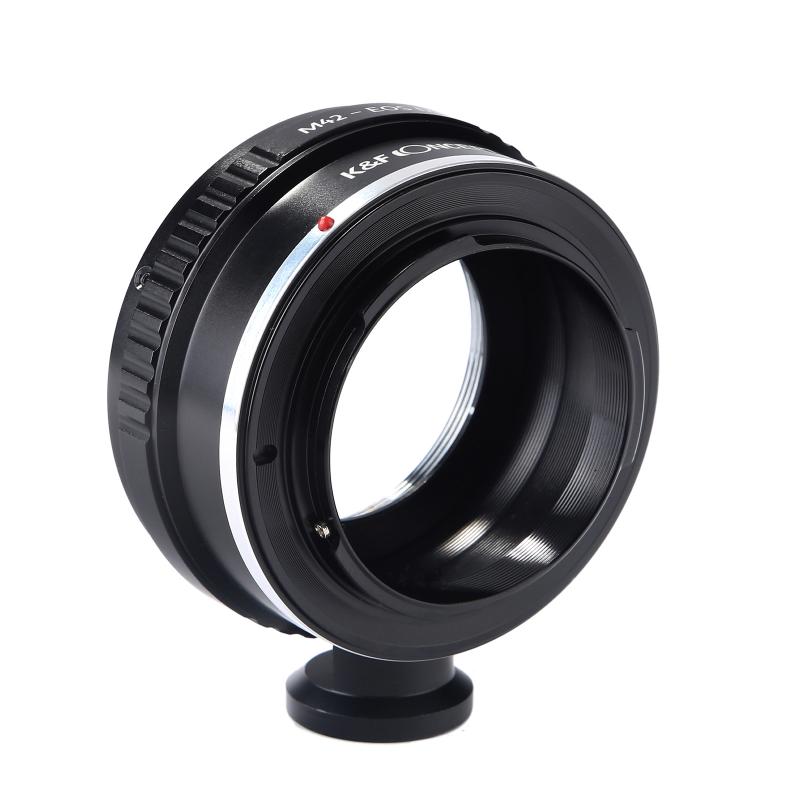
2、 Install necessary camera drivers or software on the laptop.
To connect a WiFi camera to a laptop, you need to follow a few steps. The process may vary slightly depending on the camera model and the operating system of your laptop. Here is a general guide:
1. Ensure that your WiFi camera is powered on and connected to a stable WiFi network. Refer to the camera's user manual for specific instructions on how to connect it to a WiFi network.
2. On your laptop, make sure that the WiFi is turned on and connected to the same network as the camera. You can do this by clicking on the WiFi icon in the system tray and selecting the appropriate network.
3. Install necessary camera drivers or software on the laptop. Some cameras may require you to install specific drivers or software to establish a connection. Check the camera's documentation or the manufacturer's website for any required software or drivers. It's also a good idea to ensure that you have the latest version of the software or drivers installed to avoid any compatibility issues.
4. Once the necessary software or drivers are installed, open the camera software on your laptop. It may be a standalone application or integrated into your operating system. Look for an option to add a new camera or device.
5. Follow the on-screen instructions to add the camera. This may involve entering the camera's IP address or scanning a QR code provided by the camera.
6. Once the camera is added, you should be able to view the camera's live feed on your laptop. You may also have access to additional features such as recording, motion detection, or remote access.
It's important to note that the specific steps may vary depending on the camera and laptop you are using. Always refer to the camera's user manual or the manufacturer's website for detailed instructions. Additionally, ensure that your laptop's operating system is up to date to avoid any compatibility issues.

3、 Connect the camera to the laptop using a USB cable.
To connect a WiFi camera to a laptop, you typically don't need to use a USB cable. WiFi cameras are designed to connect wirelessly to your home network, allowing you to access the camera's feed remotely from your laptop or other devices. Here's a step-by-step guide on how to connect a WiFi camera to your laptop:
1. Ensure that your WiFi camera is powered on and within range of your home network's WiFi signal.
2. On your laptop, go to the network settings and make sure that your WiFi is turned on.
3. Look for the WiFi network name (SSID) of your camera in the list of available networks. This network name is usually mentioned in the camera's user manual or on the camera itself.
4. Connect your laptop to the WiFi network of the camera by selecting it and entering the password if prompted. The password is usually provided with the camera's documentation.
5. Once connected, open a web browser on your laptop and enter the camera's IP address. The IP address can also be found in the camera's user manual or on the camera itself.
6. You will be prompted to enter the camera's username and password. Again, these credentials are typically provided with the camera's documentation.
7. After successfully logging in, you should be able to access the camera's live feed and configure its settings through the web interface on your laptop.
It's worth noting that some WiFi cameras may have specific setup procedures or require the installation of dedicated software on your laptop. Therefore, it's always recommended to consult the camera's user manual or manufacturer's website for detailed instructions specific to your camera model.
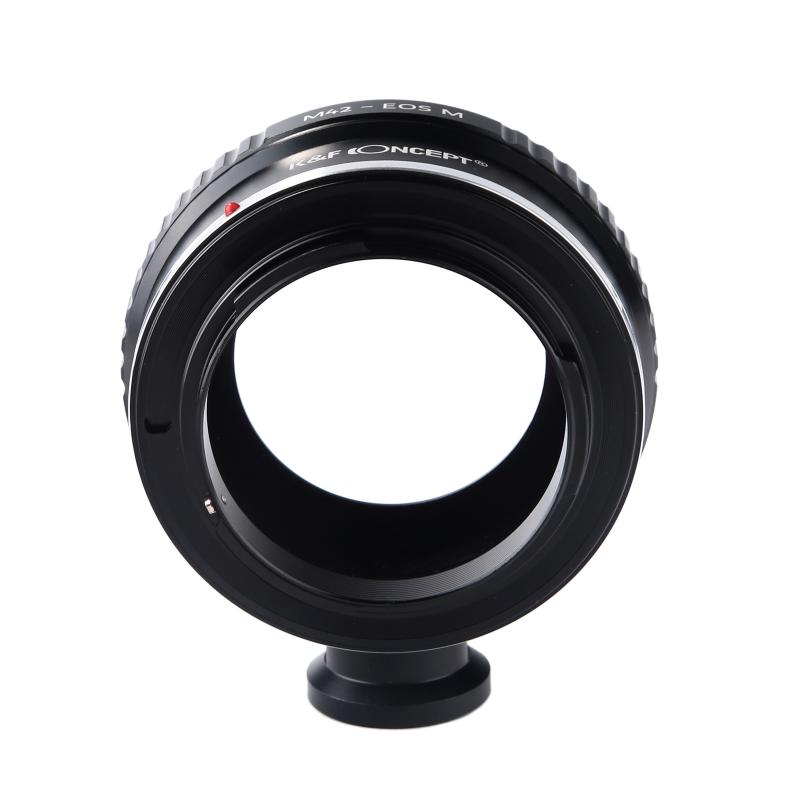
4、 Configure camera settings to enable Wi-Fi connectivity.
To connect a Wi-Fi camera to a laptop, you need to follow a few steps. Here's a guide on how to do it:
1. Check camera compatibility: Ensure that your Wi-Fi camera is compatible with your laptop's operating system. Most cameras are compatible with Windows and macOS, but it's always good to double-check.
2. Install camera software: Install the necessary software or drivers for your camera on your laptop. This software is usually provided by the camera manufacturer and can be downloaded from their website. Follow the installation instructions carefully.
3. Configure camera settings: Once the software is installed, open it and navigate to the settings menu. Look for an option to enable Wi-Fi connectivity. This option may vary depending on the camera model and software interface. Enable Wi-Fi connectivity and save the settings.
4. Connect to Wi-Fi network: On your laptop, go to the Wi-Fi settings and search for available networks. Look for the network name or SSID of your camera. Select it and enter the password if prompted. Once connected, your laptop should be able to communicate with the camera over Wi-Fi.
5. Test the connection: Open the camera software on your laptop and check if it recognizes the camera. You should be able to view the camera's live feed or access its settings through the software.
It's important to note that the steps mentioned above are general guidelines, and the specific process may vary depending on the camera model and software. Always refer to the camera's user manual or the manufacturer's website for detailed instructions.
In recent years, some Wi-Fi cameras have started adopting newer technologies like Bluetooth Low Energy (BLE) or direct Wi-Fi connections without the need for a separate network. These advancements make the setup process even more streamlined and user-friendly.
